
The Business of Fashion
Agenda-setting intelligence, analysis and advice for the global fashion community.

Agenda-setting intelligence, analysis and advice for the global fashion community.
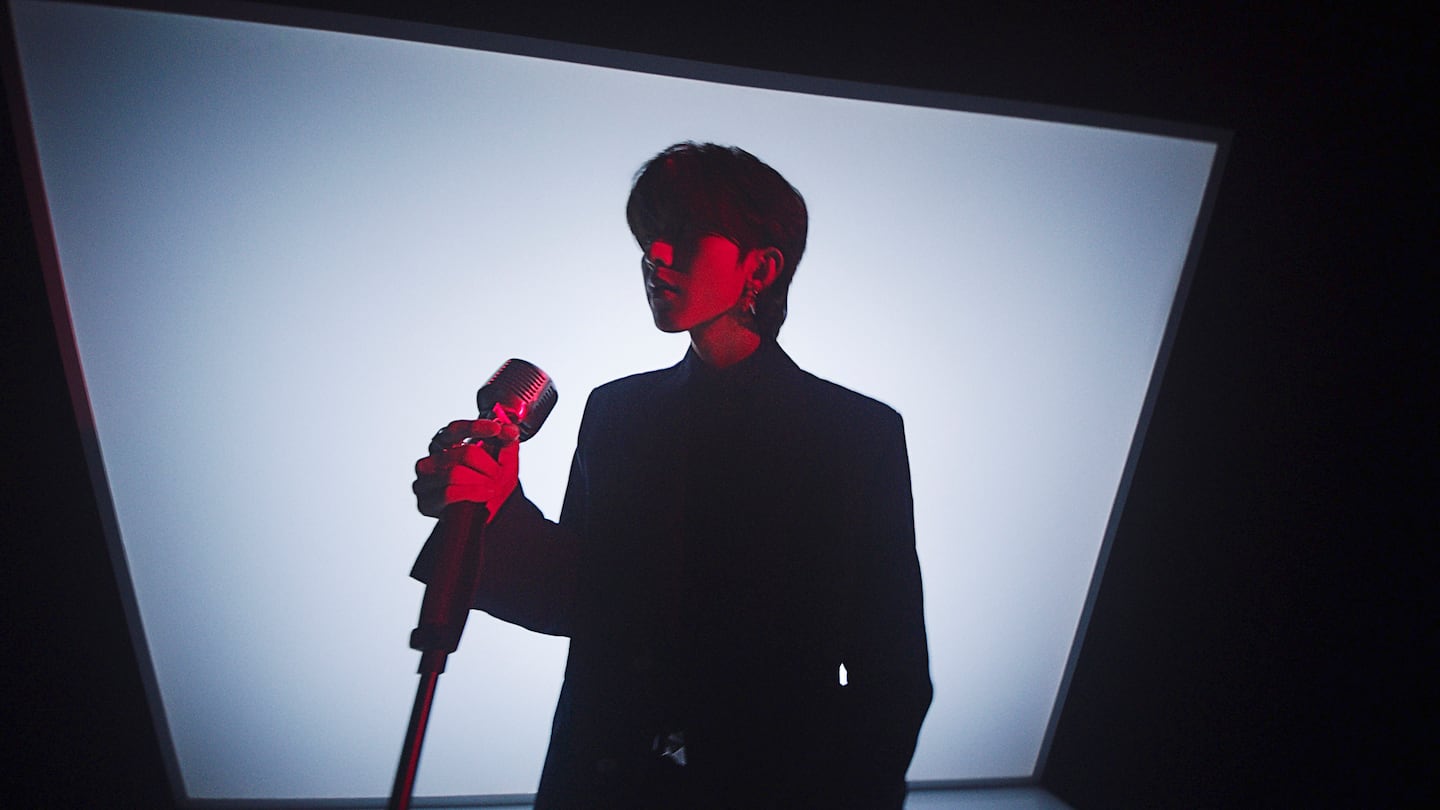
Jessica Chen didn’t buy anything for Qixi this year. Though the Beijing-based businesswoman usually looks out for special Qixi-themed products from her favourite brands to mark the festival, this year she was just too worn out to bother.
“Niulang and Zhinu are social distancing at this time,” Chen joked, referring to the origin story of this traditional Chinese festival, in which two mythological lovers (the aforementioned Niulang and Zhinu) could meet one another only once a year.
Also known as Chinese Valentine’s Day (though not to be confused with the similarly dubbed romantic holiday in May), Qixi took place over the weekend on August 14 with brands like Gucci, Valentino and Cartier investing in celebrity and product-focused campaigns released in mid-July on social media platforms such as WeChat, Xiaohongshu, Weibo and Douyin.
Though the mid-August festival has been an important marketing opportunity for over a decade, the campaigns that brands produced this year do not seem to have generated the same level of consumer interest as some in years gone by. That is a worrying sign in the current market.
ADVERTISEMENT
“I don’t feel the buzz on social media, although there are [still] many ads,” Chen said.
The muted response of consumers like Chen may seem surprising given the unprecedented level of brand participation in this year’s festival, which saw more watch and jewellery brands, in particular, join the fray. Vacheron Constantin and IWC Schaffhausen joined other luxury brands on Alibaba’s Tmall to introduce more than 500 styles of new products in limited editions for Qixi.
Over at rival e-commerce platform, JD.com, data collected in the week prior to Qixi showed sales of cosmetic products had surged 600 percent over last year’s figures. In a year when the site’s most searched for term was “send gifts,” men under 35 were identified as driving sales spikes for products including lipsticks, perfumes, gold jewellery and facial serums.
Without a doubt, local festivals such as Qixi continue to be an effective way for brands to boost the bottom line through limited editions and products earmarked for gifting, while making themselves more culturally relevant to local consumers. But despite all the frenetic activity, the notion of shopping during Qixi does appear to be losing its lustre among an important demographic considered a bellwether for Chinese consumer trends.
So what has changed?
Over-Commercialisation of Festivals
Many brands are marketing harder to Chinese consumers than they did pre-pandemic in the hopes that the comparatively resilient Chinese economy will help global businesses recover faster. Though that has inevitably created some new consumer marketing fatigue, it only goes so far in explaining why some consumers are feeling turned off by brands’ Qixi campaigns.

China’s marketing calendar was already overloaded before the pandemic. Brands felt compelled to come up with sales promotions, special products and new marketing campaigns on an almost monthly basis, leaving consumers feeling bombarded by ever more frequent messages designed to keep the wheels of consumption turning.
ADVERTISEMENT
“There is Chinese New Year, then Mid-Autumn Day, and e-commerce-invented [sales festivals such as] Singles’ Day and 618,” Chen said, adding that while she once felt international brands respected these celebrations, now it feels increasingly as though Chinese consumers are being treated like “jiucai”, which literally translates as “leeks” but refers to an easily exploitable crop that can be constantly tapped for profit.
Even when it comes specifically to romantic gifting holidays, China’s calendar is overcrowded, with western Valentine’s Day increasingly celebrated among young people in February, followed by the newer local version on May 20th (the numbers in that date, 520, when spoken in Mandarin, sound similar to “I love you,”) before Qixi rolls around in August.
Another explanation for this year’s muted response to Qixi is that the discount-focused 618 festival, which falls less than two months before Qixi, seems to have stolen the limelight more than usual.
“I feel the luxury industry was more aggressive than in the past with 618 festival [this year],” said Pablo Mauron, the Shanghai-based managing director of Digital Luxury Group.
And one thing that can’t be overstated is that — even in a booming luxury market like China — it’s often a good deal, rather than romantic gifting, that triggers consumers to make a purchase.
Love Theme Fatigue
The fact that there are three romantic milestones in China is clearly a challenge for brands but some experts suggest that differentiating strategies for each of the three main holidays is key.
A standard-issue campaign for Qixi, western Valentine’s Day, or 520, sees brands launch a capsule collection with love-related motifs, predominantly in pink or red, advertised by fresh-faced homegrown celebrities.
ADVERTISEMENT
According to fashion consultant Christine Tsui, who was a Fulbright scholar at Parsons the New School for Design, the homogenisation of ideas and motifs related to all three love-related holidays has made products trading in hearts and the colour red less interesting for consumers.
“This year [for Qixi], I see luxury brands promoting the elements of Valentine’s Day, but they don’t have a ‘Chinese’ Valentine’s Day vibe,” Tsui pointed out.
“Luxury brands should [not only] have a deeper understanding of the origin and meaning of Qixi and how it differs from the story behind Valentine’s Day in the West, [but also an awareness of] the difference between Chinese and Westerners when it comes to love, strengthening the China-specific symbols and use those in marketing strategies,” she added.
Tsui points to Balenciaga’s 2020 Qixi campaign, which featured the Chinese characters for “I love you” boldly painted across its limited edition products, as an alternative to hearts. Though that campaign was not without its critics, at least it got people talking.

One way for global brands to improve their approach is to listen more to their local teams in China and study the success of campaigns from domestic brands. Some Chinese brands have been especially good at tapping into traditional stories and motifs, rather than generic international symbols, when marketing in the run-up to Qixi.
This year, leading C-beauty brand Florasis, combined new trends and old narratives by producing an animated short video released on Weibo, Douyin and Kuaishou. The video was an adaptation of a story from the Book of Han (a history of China up until the year 111) featuring an animated historical figure called Zhang Chang touching up his wife’s eyebrows, as a way of promoting Florasis’ own brow products. Florasis worked with 31 Influencers, which created 15 million impressions and $868,000 media impact value (MIV), according to Launchmetrics data. To date, the campaign’s principal Weibo hashtag has received over 270 million views.
Standing Out in a Crowd
A lack of cultural understanding is not the only reason some global luxury brands are failing to excite consumers during Qixi. “Many luxury brands are simply doing routine work, losing focus on what young Chinese consumers in the real world really care about,” said Shen Yu, a cultural marketing expert and former visiting fellow at Yale University.
But in all likelihood, what’s really holding international brands back is the fact that most simply don’t have the capacity to come up with revolutionary product designs and campaign ideas right after a major 618 sales campaign and right before September collections hit the runways.
Many luxury brands are simply doing routine work, losing focus on what young Chinese consumers in the real world really care about.
“It is understandable that brands don’t put great effort into [Qixi] designs because they have been stretched so much by local marketing events,” a Chinese employee of a well-known European luxury house said on condition of anonymity. “The consumerism machine we helped to create is running too fast now.”
This year, other events competing for attention have pushed the visibility of Qixi campaigns even further off the radar for many people, Tsui points out.
Between China’s largest Covid-19 outbreak in many months, the Olympic Games, catastrophic floods in Henan Province leading to hundreds of deaths, and even celebrity scandals from the likes of Kris Wu and Zhang Zhehan, it’s difficult to stand out.
Last month’s poorer-than-expected retail sales, blamed on the latest Covid-19 outbreak and bad weather, also demonstrates people’s dampened desire to go out and spend.
But despite both new and persistent challenges, opportunities remain for global fashion and beauty brands to leverage Qixi in the future, according to Emma Zhang, a Shanghai-based account director at Gusto Luxe, a luxury communication agency.
“Bear in mind that China’s traditional festivals are also advocated by official and mainstream media,” she said. “[So] a Qixi campaign with local market capsule product offering and local ambassador assets is still [going to be] a must-have for most luxury and premium fashion and beauty brands.”
But how best to execute such a campaign?
Time for New Tricks
“Old tricks won’t work in the future,” Shen said, adding that brands would be wise to note changing public sentiment around morality and patriotism, and the knock-on effect this is having on young people’s feelings about consumerism, capitalism and issues like toxic fan culture.
“Celebrating Qixi by simply using Chinese faces or making a [nominally] localised collection won’t make you stand out,” she said.
According to Zhang, the key will be to invest in diversified formats, from pop-ups to top-tier celebrities in featured video content, through a holistic communications plan with multiple offline to online touchpoints.
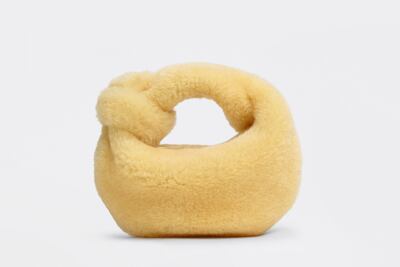
Clearly, rethinking product design is also key if brands want to recapture consumers like Chen. Her favourite Qixi product of 2021 was the shearling Jodie mini handbag released by Bottega Veneta exclusively on WeChat, without a “love” or heart-shaped motif in sight.
“I don’t want to be forced to buy a product with an easily outdated design just because of a commercialised holiday,” Chen explained. “I want to see designs that are true to those houses’ values,” she added.
Prada also took a more imaginative approach, tapping brand ambassador, Cai Xukun, to create a new song for its campaign, providing an original soundtrack and underlying theme for the narrative of “Loving Gifts.” So far, the principal Weibo hashtag for the campaign has 360 million views, according to Launchmetrics.
The campaign was also accompanied by an interactive challenge on Douyin, where Cai gifts his track to the audience in a Prada handbag, inviting them to co-create short videos. The brand worked with four Weibo influencers, which created 17.7 million impressions and $498,000 MIV, Launchmetrics data indicates.
Brands like Louis Vuitton and Dior have been investing in offline pop-ups to mark Qixi, a strategy that taps into the “daka” culture of today’s youth, who are driven to “check in” on social media platforms like Xiaohongshu and Weibo by posting selfies at hot locales.
Chen, for one, visited Vuitton’s low-key Qixi café in Beijing this August instead of buying a handbag or other limited edition gift item.
“The [emotional) connection to the brand is still there,” she said of the café concept. “Eventually, we will start to buy [again] when they make us feel excited.”
时尚与美容
FASHION & BEAUTY
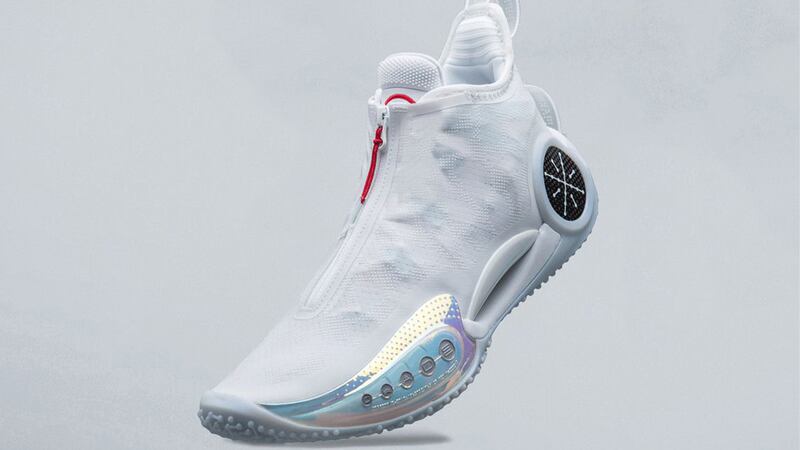
Chinese Sportswear Giant Li Ning Sees First Half Net Profit Rise 187%
The Chinese sportswear giant’s net profit more than doubled in the period to 1.96 billion yuan ($303 million), while revenue rose 65 percent year-on-year to 10.2 billion yuan ($1.57 billion). The recent growth has been fuelled by a boom in fitness-related categories in China and continued backlash against international brands for their stance on sourcing cotton from the Xinjiang region. (BoF)
China Luxury Resale Report Shows Louis Vuitton, Gucci Lead Searches
Louis Vuitton had over 33 million searches over the first half of 2021, while Gucci had 24 million and Chanel 18 million, according to consumer data insights released by one of China’s major luxury resale platforms, Plum. Christian Dior and Hermès were also among the mega brands Chinese consumers searched for most often. Users showed strong interest in second-hand categories such as luxury bags, jewellery, watches and clothing, according to Plum. (BoF)
Brands Cut Ties With Chinese Actor Zhang Zhehan
The Chinese actor and singer has been widely criticised after photos of him in front of the Yasukuni Shrine in Tokyo, surfaced on Weibo. As the final resting place of Japanese war veterans, including prominent war criminals from World War II, it’s a particularly sensitive place for China, a country in which many Japanese atrocities were committed during the Second Sino-Japanese War before and during the wider World War II period. In spite of a quickly issued letter of apology from Zhang, 25 brands, including Lanvin, Pandora and Japanese jeweller, Tasaki, have moved to distance themselves, terminating contracts and removing references to Zhang from brand social media accounts. Social media platforms, including Weibo and Douyin have also removed Zhang’s official accounts. (BoF)
科技与创新
TECH & INNOVATION
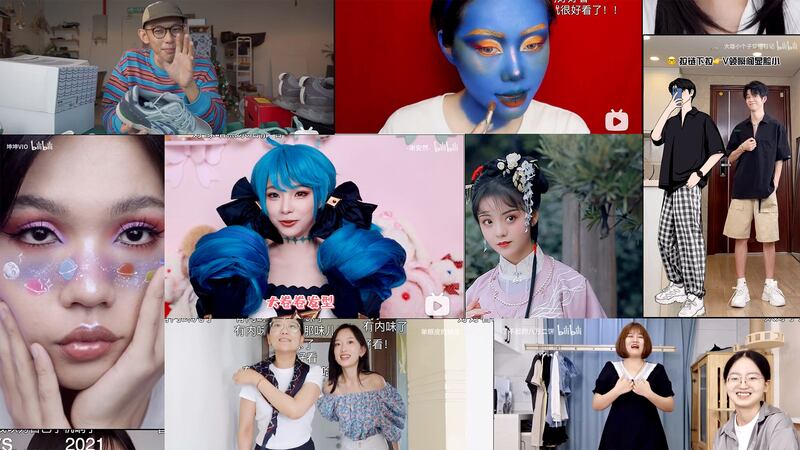
Bilibili’s Daily Active Users Exceed 65 Million
The number of daily active users of video platform Bilibili is now in excess of 65 million, meaning it has surpassed Youku to become China’s third largest long-form video platform after iQiyi and Tencent Video. Its first quarter financial report this year showed average monthly active users (MAU) increased by 30 percent year-on-year to 223 million. Founded in 2009, Bilibili was listed on Nasdaq in March 2018 and went through a secondary listing in Hong Kong in March this year. (Pandaily)
Alibaba Sets up Harassment Hotline as Rape Probe Nears End
Alibaba has established a committee to police its workplace environment after an employee accused her manager of rape. The committee will be comprised of senior female executives charged with steering an independent team responsible for investigating complaints and reports related to sexual harassment and assault. The company also vowed to revise its code of conduct and improve guidelines for employee engagement with customers and partners, to help employees draw clear boundaries between work and social interaction. (Bloomberg)
消费与零售
CONSUMER & RETAIL
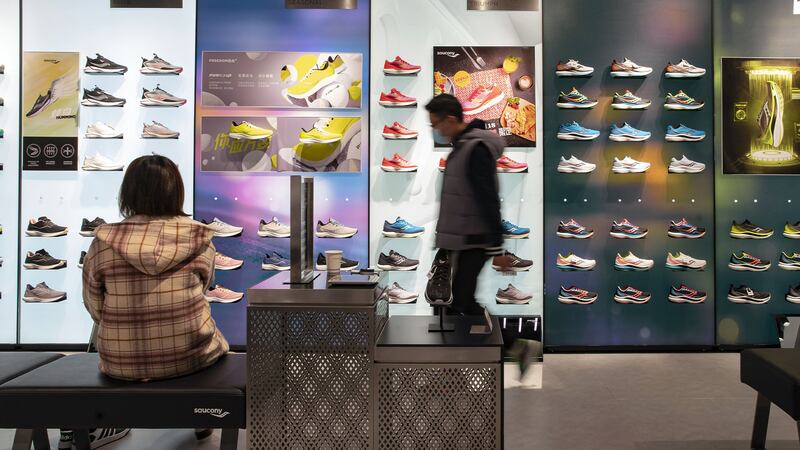
China’s Retail Sales Growth Slows, Missing Expectations
China’s retail sales increased 8.5 percent in July, year-on-year, missing analyst expectations. This is significantly down from June’s 12.1 percent year-on-year rise, according to data released by the country’s National Bureau of Statistics (NBS). The NBS attributed recent sputters in China’s economic recovery to sporadic Covid-19 outbreaks and natural disasters, including flooding in Henan last month. (BoF)
Swire Properties Reports 49% Jump in Profit for H1
Swire Properties reported profit attributable to shareholders for the first six months of 2021 was $1.98 billion Hong Kong dollars ($255 million), a figure that was up 49 percent from the same period last year. “The retail business in the Chinese mainland in particular gained ground,” said chief executive, Guy Bradley. On the mainland, the developer operates shopping centres in Beijing, Shanghai, Guangzhou and Chengdu. Later this year, Swire will introduce one more mainland shopping centre when it opens the Taikoo Li Qiantan project in Shanghai’s Pudong district. It also plans to open an extension of its Taikoo Li project in Beijing during 2021. (Mingtiandi)
政治,经济与社会
POLITICS, ECONOMY, SOCIETY
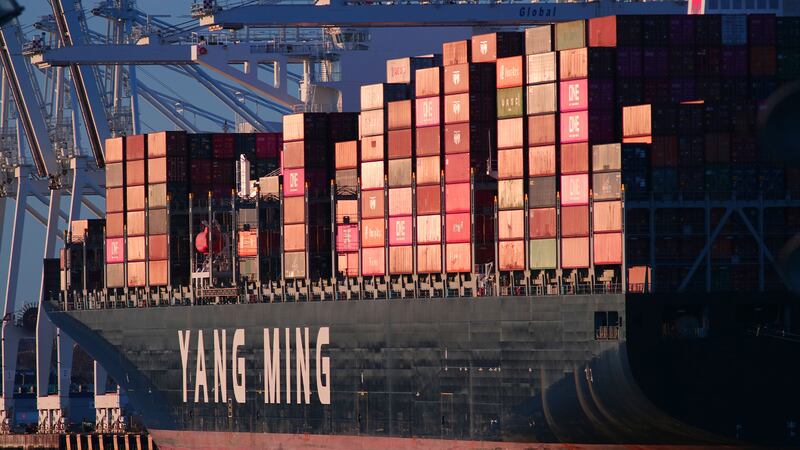
Supply Chain Concerns as China Partially Shuts Another Port
A terminal at the world’s third busiest port, Ningbo-Zhoushan port in eastern China, has stopped all inbound and outbound containers due to what it described as a “system disruption” in a statement. However, it is likely to be due to an employee at the terminal testing positive for Covid-19. The port is the second to be shut down recently due to Covid-19 infections, after the closure of Yantian port in Shenzhen in late May. It’s feared this latest disruption will further strain supply chains and already high freight rates to rise. (BoF)
China Unveils Five-Year Plan To Strengthen Control of Economy
The plan, released by China’s Central Committee and the State Council, aims to strengthen regulatory control over strategic sectors including technology and healthcare. The release of the plan follows a series of measures that have knocked tens of billions of dollars off the valuations of some of the country’s biggest technology groups. Beijing appeared to use the release to provide direction on the breadth and duration of its regulatory overhaul. The document did not provide a list of specific instructions or measures but analysts forecast the crackdown will intensify. (Financial Times)
The Feminist Rapper Who Refuses to Be Silenced
Chinese hip-hop star Yang Yuzhen, 25, encourages her young, predominantly female fans to stand up for themselves, and has paid the price for her outspokenness by enduring a near-constant tirade of online abuse since first rising to prominence last summer as a contestant on Bilibili’s popular talent show, Rap for Youth. Yang’s songs deal with subjects close to the hearts and minds of young Chinese women, including parental pressure and domestic violence. Outside the studio, the rapper has lent her support to a range of feminist causes, including campaigns against period poverty in rural China and gender inequality in the country’s education system. (Sixth Tone)
China Decoded wants to hear from you. Send tips, suggestions, complaints and compliments to our Shanghai-based Asia Correspondent casey.hall@businessoffashion.com.
With consumers tightening their belts in China, the battle between global fast fashion brands and local high street giants has intensified.
Investors are bracing for a steep slowdown in luxury sales when luxury companies report their first quarter results, reflecting lacklustre Chinese demand.
The French beauty giant’s two latest deals are part of a wider M&A push by global players to capture a larger slice of the China market, targeting buzzy high-end brands that offer products with distinctive Chinese elements.
Post-Covid spend by US tourists in Europe has surged past 2019 levels. Chinese travellers, by contrast, have largely favoured domestic and regional destinations like Hong Kong, Singapore and Japan.